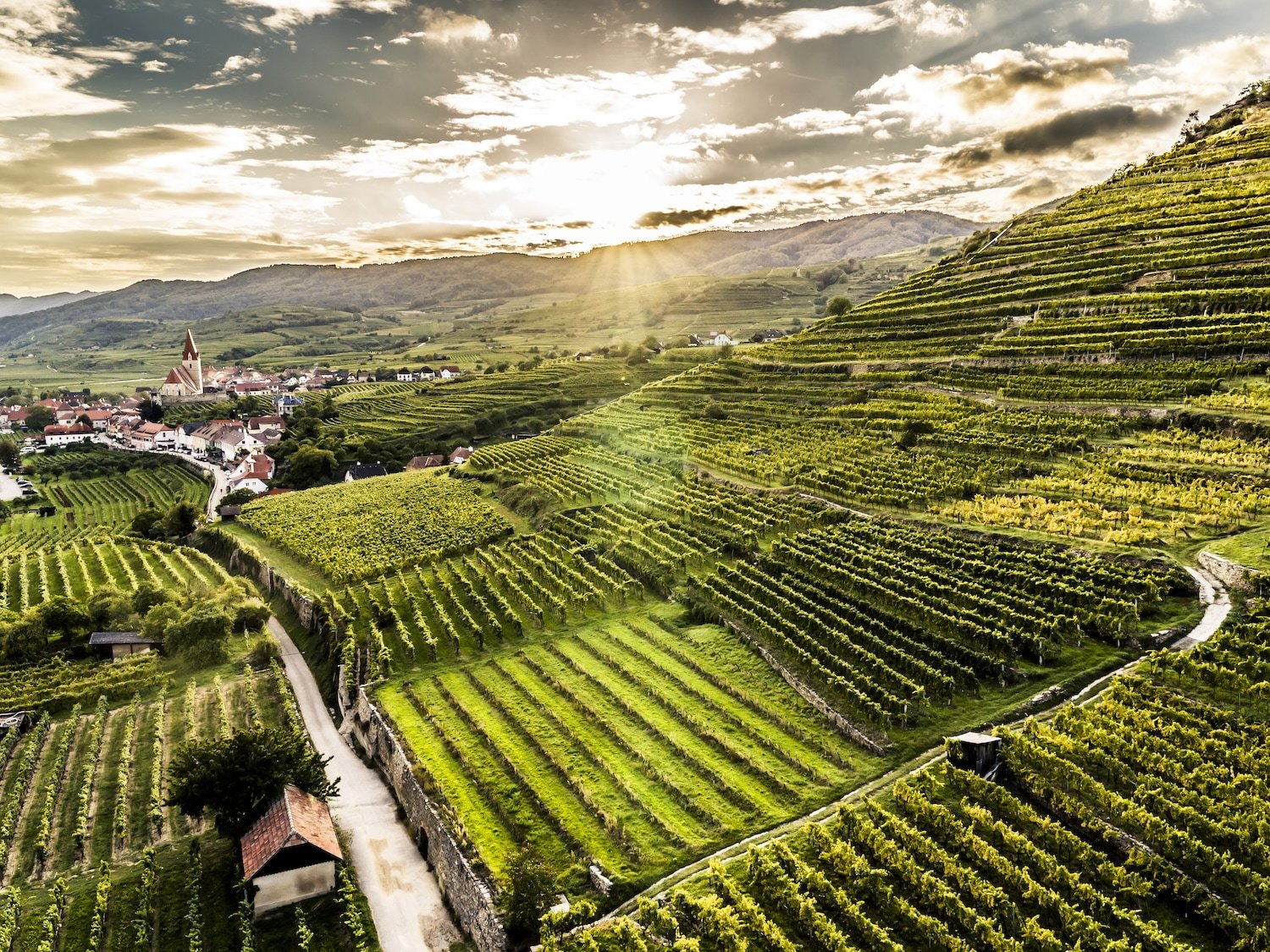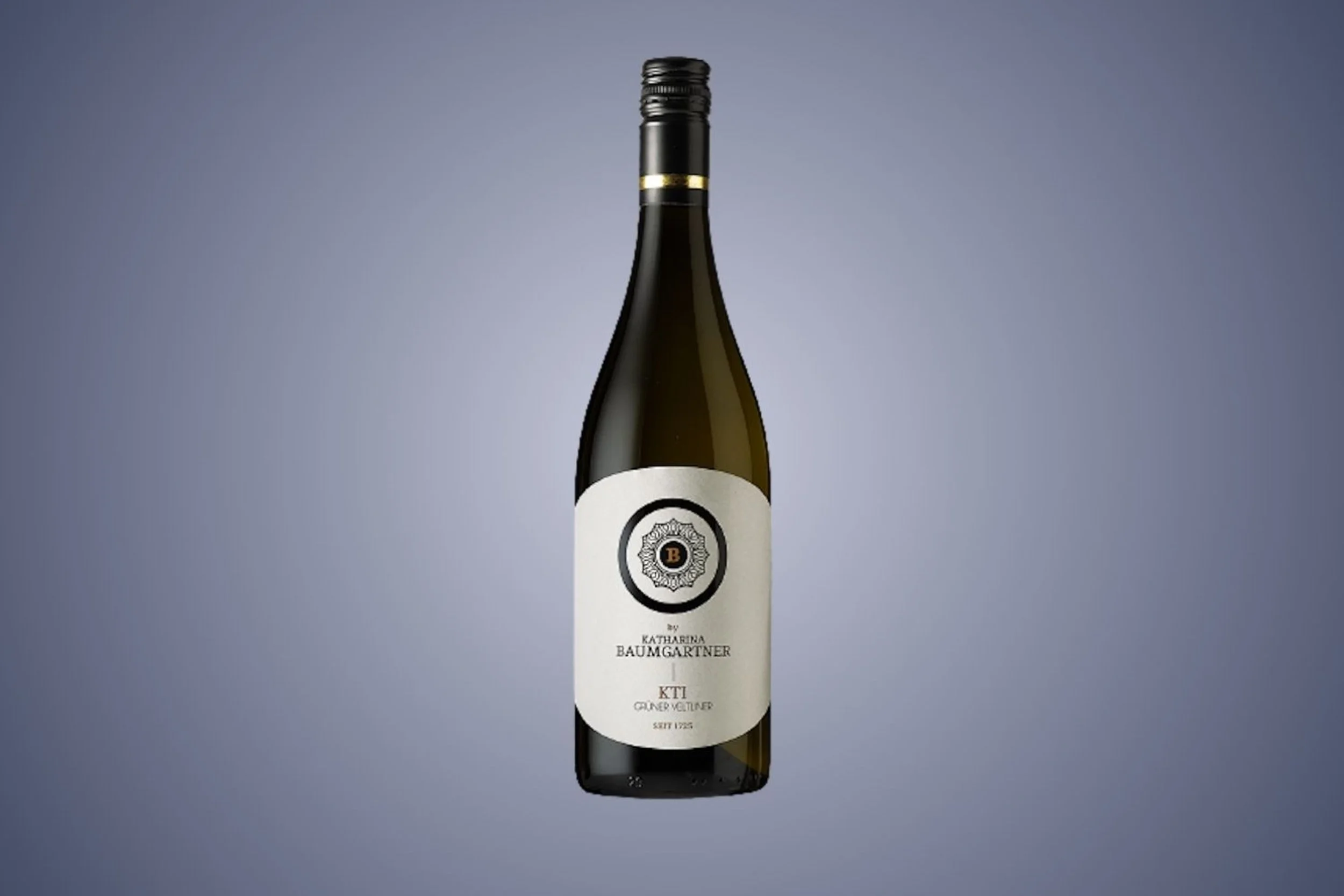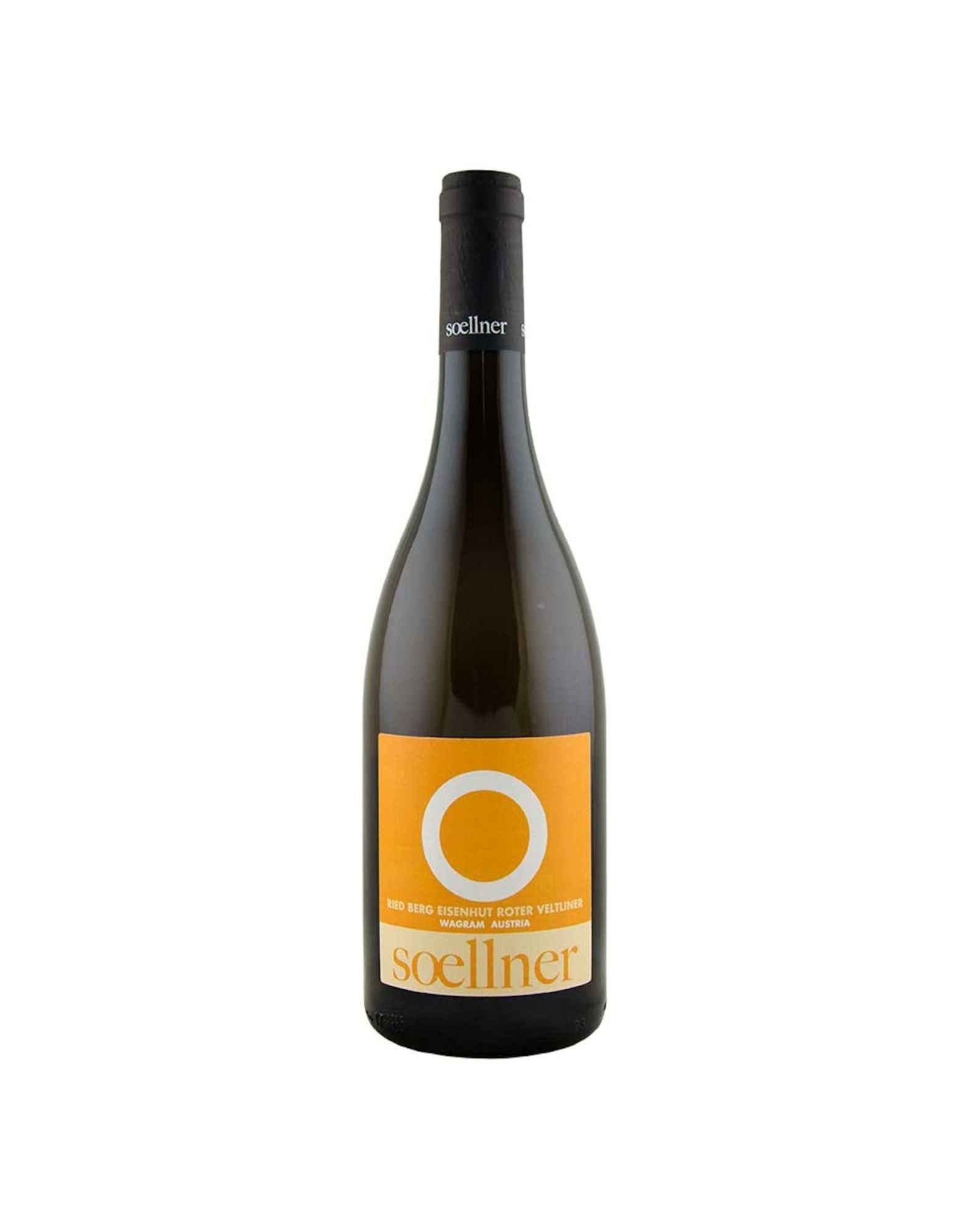6 Great Austrian Wine Grapes You Should Know
Grüner veltliner wine
Grüner veltliner, an easy-to-find, budget-friendly dry white, is the poster child for Austrian wine. As Austria’s most widely planted native grape, grüner is an excellent representative for a dynamic wine-producing country: bright and savory with a unique spicy or vegetal note, with the capacity to age. It’s one of my favorite wines to recommend for lovers of dry whites looking to expand their repertoire, and you rarely need to spend more than $15 for an excellent one. But Austrian wine does not only consist of grüner.
Why Austrian Wine?
Unique wines
Variety of styles
Aging potential
Quality
Value
Natural winemaking
Increased availability
Vineyards in Austria photo credit Austrian Wine
While for most wine consumers, knowledge of Austrian wine tends to stop with grüner, fans of the region would like to change that. “We're lucky that now we see at least one grüner veltliner on any serious wine list, but there are so many consumers who are just discovering Austrian wine,” says Constance Chamberlain, owner of Wine & Co., who has been representing Austrian Wine for over 15 years. “Austrian winemaking is pure and honest,” adds Erwin Schröttner, Chef & Owner of Austrian restaurant Cafe Katja in NYC's Lower East Side. “For those who love fine wines — and everyone else — they are missing out for not being in the habit of having Austrian wines regularly. With its unique geographic position, Austria produces unique wines that you cannot find anywhere else. From crisp, lean, and elegant to full, buttery, and bold, all with well-balanced acidity, Austrian wines can age well for decades.”
Austrian vineyard slopes photo credit Austrian Wine
While it is a great place to begin, Austria is much more than just grüner. There is evidence of winemaking in the region that is now known as Austria for over 4000 years, though a brief scandal in the 1980s where bulk wines were found to be adulterated caused the Austrian wine industry to have to start over. Fortunately, a commitment among small producers to quality winemaking helped to define the modern era of Austrian wine and restore the region. It still offers what it always has, however, affordability, making it one of the top wine producing countries for overdelivering. “It's hard to find a bad Austrian wine,” says Chamberlain. “If you pick one up in the store, you will always receive a high quality-to-price ratio.”
Also as a leader in natural winemaking, and the birthplace of biodynamic farming, exports of Austrian wine have been growing steadily in the U.S. since the early 2000s — “I can’t think of a grape home to Austria that I have not seen in the U.S.,” says Schröttner. With exports to the U.S. increasing by double-digit percentages year over year in the past few, now is an excellent time to get familiar with what Austria offers, among its unique whites and reds both. Austria boasts over 40 different grape varieties among its Qualitätswein designation, many of them widely recognized international varieties. Here are 6 important Austrian grapes to be on the lookout for now.
6 Austrian Grapes
1. Grüner Veltliner
KTI Gruner Veltliner
Meaning “green grape from Veltlin,” and believed to be an offspring of traminer, Grüner veltliner accounts for over 30% of Austria’s wine grape hectarage, and “should be a staple in every white wine lover's house,” says Chamberlain. (I emphatically agree.) Grüner veltliner is a vigorous grape that thrives in the loess soils of Austria’s Niederösterreich region. It can produce easy-drinking, light and lively wines, but by limiting yield, winemakers often aim to coax out its more complex flavors, including stone fruit and white pepper, and even vegetal notes such as asparagus and green bean. Because of these unique characteristics, grüner veltliner is often the answer to the sometimes head-scratching conundrum, “what to pair with salad?”
One to try: KTI Grüner Veltliner Reserve by Katharina Baumgartner
(2023 New York International Wine Competition Silver Medal winner)
2. Roter Veltliner
Soellner Roter Veltliner
Roter veltilner is unrelated to Grüner Veltliner biologically, though they share the assumed distinction of coming from Veltlin. (roter here means “red,” but that is more of a blush that develops as the white grapes ripen, as with other white grapes such as pinot gris and gewurztraminer.) Plantings of roter veltliner have been on the decline in the last couple of decades, mainly because it also shares favorable growing conditions with grüner, and some roter vines have been pulled to make way for Austria’s signature grape. However, it still maintains status as an important Austrian grape due to being autochthonous, and dynamic when given the proper treatment. A late-ripening and vigorous grape, frost and yield management can make roter veltliner tricky to work with, but those who can tame it are rewarded with elegance and almost nutty richness, with spicy aromas and notes of pear.
One to try: Soellner "Ried Berg Eisenhut" Roter Veltliner 2021
3. Welschriesling
Heidi Schrock Welschriesling
Welschriesling isn’t riesling, (neither it is Welsh,) or even Austrian, while we’re at it. Likely originating in Italy, it is nonetheless flourishing in Austrian soil. “As Welschriesling grows in popularity, especially among the natural winemaking community, we're seeing a lot more of it,” says Chamberlain. Schröttner also lists it as a favorite: “It has nothing to do with riesling, but it is a beautiful, crisp, and elegant wine that I like to drink with a brettljause [Austrian charcuterie board] or just by itself,” he says. Welschriesling is among Austria’s most versatile grapes, distributed relatively evenly among its wine regions, producing everything from tart base wines for Sekt, to easy-drinking and lively table wines exhibiting flavors of grapefruit and white flowers, to dynamic, trockenbeerenauslese dessert wines.
One to try: Heidi Schrock & Sohne More Is More Welschriesling 2022
4. Blaufränkisch
Weingut Wallner Blaufränkisch
Just as grüner veltliner isn’t the only grape worth knowing from the Austrian landscape, neither is Austrian white wine the only player in the game. “Austrian reds are known for their high acidity, and for being extremely food friendly,” says Chamberlain, who also notes that “Blaufränkisch [in particular] is on the rise amongst serious red wine lovers. The wines are bursting with spice and red cherries but are still on the lighter side.” Planted mostly in Austria’s easternmost wine region, Burgenland, (to the degree that the sub appellation of Mittelburgenland is nicknamed “Blaufränkischland,”) blaufränkisch wines can achieve powerful density and structure in addition to their high acidity, making them excellent candidates for aging.
One to try: Weingut Wallner Blaufränkisch 2019
5. Sankt Laurent
Rosi Schuster Sankt Laurent 2021
Named for St. Lawrence’s Day, August 10, when the grapes begin to take on their red color, Austria’s Sankt Laurent is a member of the Pinot family of grapes, and has seen continually increased plantings since about 1999. (While it only currently accounts for about 1.3% of Austria’s plantings, this is on par with better-known international varieties such as Cabernet Sauvignon and Pinot Noir.) Softer in tannin than many of Austria’s native grapes, it is nonetheless dense and fruity, and shares the Morello cherry note that typically characterizes Austrian reds. An especially food-friendly red for its approachability, Sankt Laurent is also on the rise for crafting premium bottlings.'
One to try: Rosi Schuster Sankt Laurent 2021
6. Zweigelt
Biokult Zweigelt Rosé
A cross between blaufränkisch and sankt laurent, zweigelt was developed in the 1920s and has evolved to be Austria’s most widely planted red in the century since. Accounting for about 13% of red grape plantings in the country, growing conditions are favorable for medium-ripening zweigelt throughout Austria’s grape-growing regions, making it a versatile choice for winemakers, where it is equally expressive as a young and fresh wine, or that which thrives with barrique treatment and extra age. Characterized by strong cherry and cranberry flavors, violet overtones, and chocolate and spice notes, zweigelt also makes for a complex rosé, (along with several other Austrian red grapes, including blaufränkisch and sankt laurent,) a style which is on the rise in Austria.
One to try: Biokult Zweigelt Rosé









